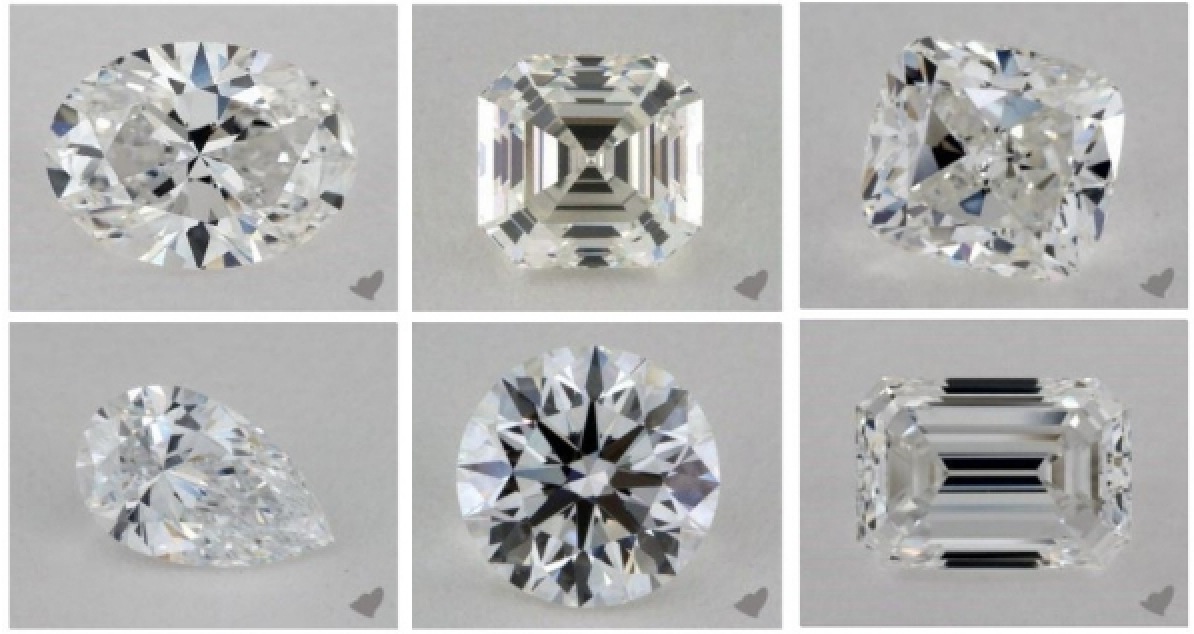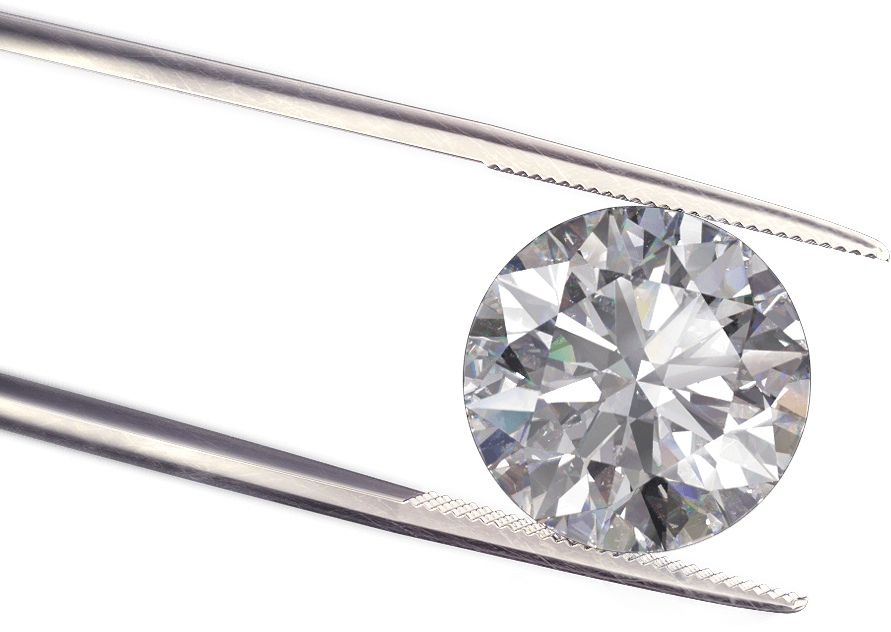
James Allen, the top online retailer of diamond engagement rings, just announced a new addition to their website. Lab-Created Diamonds. This is sure to set the jewelry industry abuzz as they are the first mainstream jeweler to offer consumers a lab-created alternative side by side with natural diamonds on their website.
Now, when you purchase any James Allen setting, or a designer setting from Verragio, Danhov, Martin Flyer or Jeff Cooper at JamesAllen.com you’ll be able to customize it with an ethical, cost efficient real diamond made in a lab. It’s the best of both worlds. Take advantage of James Allen’s renowned 24/7 customer service and industry leading warranty and, while setting the diamond of your choice in one of their many high-quality settings.
ARTICLE QUICKLINKS
> Is a Lab-Created Diamond a REAL Diamond?
> Can You Tell a Lab-Grown Diamond from a Natural Diamond?
> Benefits of Lab-Created Diamonds
> Lab Diamonds vs Real Diamonds
> Lab-Grown Diamonds Vs. CZ & Moissanite
What is a Lab Created Diamond?
Lab-created diamonds are optically and chemically identical to natural diamonds mined from the earth. Formed from the same carbon atoms, a man-made diamond is created in a laboratory’s “growth chamber” from a diamond seed – either a small natural diamond or previously made diamond. Heat and pressure conditions in the chamber mimic the conditions found on earth millions of years ago. This allows new carbon crystals to build upon the diamond seed, creating a larger diamond.
Once complete, the lab-created diamond is cut, polished and graded by a gemologist from GCAL or IGI. Each stone is laser inscribed with the report number in the stone’s girdle for identification purposes – same as a natural diamond. All lab created diamonds are sold with a certification from GCAL or IGI, two of the major diamond grading laboratories.

Just like natural diamonds, man-made diamonds come in every shape and size, and exhibit the same sparkling brilliance as a diamond mined from the earth.
Can you Tell a Lab-Grown Diamond from a Natural Diamond?
A lab created diamond exhibits all of the same qualities as an earth-grown diamond. In fact, gemologists can not easily determine between a lab-grown diamond and a natural one as their chemical composition is the same. Some devices, like the DiamondView machine, are able to give an indication whether a diamond is natural or man-made by analyzing the growth pattern of the crystals, or any fluorescence or phosphorescence visible through the tool. However, if you were to walk into a jeweler’s store, they would not be able to tell the difference with their eyes or with a jewelers loupe.

Benefits of Lab Created Diamonds
There are many benefits to buying a lab-created diamond. First, for those who are eco-conscious, no mining takes place to create these gorgeous stones. This means no new harm done to mother earth. If you’re concerned about origin and avoiding blood diamonds, you can rest assured that these stones were created ethically in a laboratory environment. Lastly, if it’s cost or size that motivates your decision, a lab created diamond can save you up to 50%, or allow you to buy a larger stone at the same budget.
Synthetic Diamonds vs Real Diamonds
Let’s look at the man-made and natural diamond offerings on James Allen to see how prices stack up for natural vs man-made diamonds.
(You’ll see below that James Allen denotes their lab-made diamonds with a blue diamond outline in the top left of the diamond image throughout their website.)

Let’s say you’re trying to maximize the size of the diamond and you have a budget of $15,000 to spend on a stone. If you search for a natural diamond with some minimum parameters (G color, VVS2 clarity and Good cut) you’ll come up with some options similar to the 1.50 carat G color VVS1 clarity very good diamond shown above. Run that same search for a lab-created stone and you’ll see that you can get a 3.22 carat I color VS2 Ideal cut diamond for $15,100. This is a 115% increase in size at the same price!

Next, I found two similar diamonds slightly over 1 carat total weight. The lab created stone was 1.07 carats, H color, VS2 clarity and an Ideal cut and was priced at $3,220. For a comparable natural diamond, I selected a 1.09 carat H color VS2 excellent cut diamond priced at $6,150. (Remember: the GIA certification lab calls the best cut diamonds “Excellent” while other labs label these diamonds as “Ideal”) The price difference on these 2 stones is $2930, giving you a 52% discount when you select the lab-created stone. Does the math hold up for larger diamonds? Lets see!
In the next example, I found 2 round diamonds over 3 carats each. The lab-created stone weighed in at 3.10 carats with F color and VS2 clarity in an ideal cut. The natural stone was the same size, color, and clarity with a similar “Excellent” cut. The price on the man-made stone is $26,510 vs $75,060 for the natural one. That’s almost a 65% discount off the earth-mined diamond.
Lab Grown Diamonds vs. Moissanite, CZ, etc.
It’s important to note the difference between a synthetic, or man-made diamond and other common diamond alternatives like CZ and Moissanite. A lab grown diamond is still a diamond with the same chemical structure, hardness (Mohs scale rating of 10), brilliance and light refraction as a natural diamond.
A synthetic moissanite is a completely different element with its own hardness on the mohs scale of 9.25 and slightly more brilliance than a diamond, which is the visual giveaway between a moissanite and a diamond.
A cubic zirconia stone which has also been used as a diamond stand-in is chemically different than a diamond or a lab-grown diamond in that it contains no carbon at all. On the mohs scale of hardness it rates an 8.25 and has a lower refractive index than a diamond, resulting in far less sparkle.
So, while these stones may get you sparkle for a lower cost than either a mined or lab-made diamond, they won’t have the same durability as a diamond of either type.
Learn More About James Allen Engagement Rings:
- James Allen Engagement Ring Reviews
- James Allen and Engagement Ring Transparency
- James Allen’s Real Time Diamond Consultation

